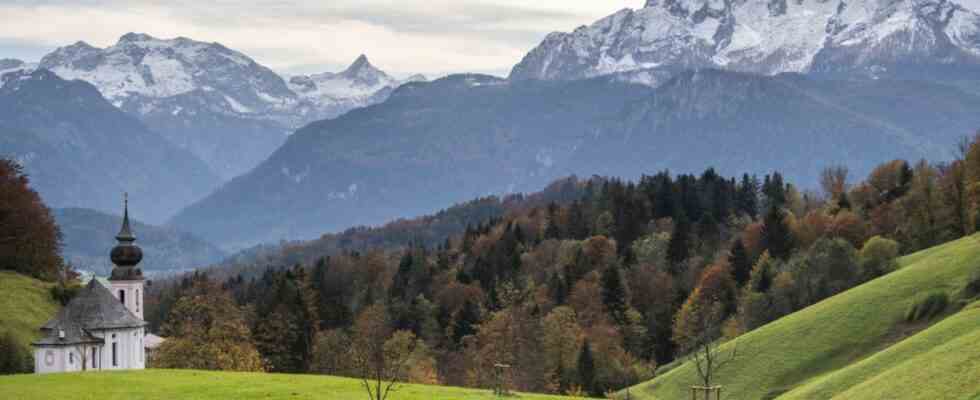Climate change, with its often week-long periods of drought and heat, is affecting spruce trees all over Bavaria. The situation is currently most dramatic in the Franconian Forest. In the north-eastern tip of the Free State, foresters and forest owners are fighting a desperate battle against the bark beetle. The pest is one of the beneficiaries of climate change and has destroyed thousands of hectares of spruce forest in the rather quiet low mountain range within a few years. Numerous climate researchers and foresters predict that the spruce no longer has a future in many regions of Bavaria.
The mountain forests are also rich in spruces. In addition, the rise in temperature in the mountains in Bavaria caused by climate change is significantly higher than the global average. However, the Bavarian mountain forests have been spared such gigantic catastrophes as the one in the Franconian Forest in recent years. The big plus for the mountain forests is the large amount of precipitation in the Alps, which means that the trees there still have enough water. But the mountain forests are also clearly feeling the changes caused by climate change and are reacting to them.
Above all, they grow faster than before. Rupert Seidl, Professor of Ecosystem Dynamics and Forest Management at the Technical University of Munich and head of the research department in the Berchtesgaden National Park, has now demonstrated this for the first time using long-term data sets from the protected area. Seidl and a colleague published the results in a specialist journal. Faster growth is not enough. “The trees are also getting thicker, the forests denser and the tree line is shifting – albeit slowly – upwards,” says the professor, who is one of the hundred most influential climate researchers in the world and co-author of the current status report of the Intergovernmental Panel on Climate Change (IPCC).
The Bavarian mountain forests consist of spruce, beech and fir, but also maple and pine trees. At higher altitudes and at the tree line, larches and sometimes even stone pines also grow. Mountain forests have always had much harsher conditions than forests on flat land. The winters in the mountains were and still are longer, snowier and frostier. That is why it often took many decades in the mountains for a stable forest to re-establish itself on the bare areas after storms.
The momentum continues to accelerate
That has changed since the 1980s. “Mountain forest dynamics have accelerated significantly,” says Seidl. Among other things, he establishes this by the number of trees with a trunk diameter of six centimeters or more. In the Berchtesgaden National Park, it has increased by an average of 140 pieces per hectare within 40 years. And the number is likely to continue to rise. According to Seidl, the dynamics are accelerating as climate change progresses – even if old forests, such as in the national park, dampen the effect somewhat. The composition of the mountain forests will also change. By the middle of the century, according to Seidl, the proportion of spruce and other conifers will decrease and that of deciduous trees will increase accordingly.
After that there are two possibilities. If global warming in the Alps can be limited to an increase of two to three degrees, a new balance between coniferous and deciduous trees will be established in the mountain forests. If climate change gets out of hand, as some researchers fear, the spruce forests in the mountains will collapse more and more often and more and more deciduous forests will take their place.

